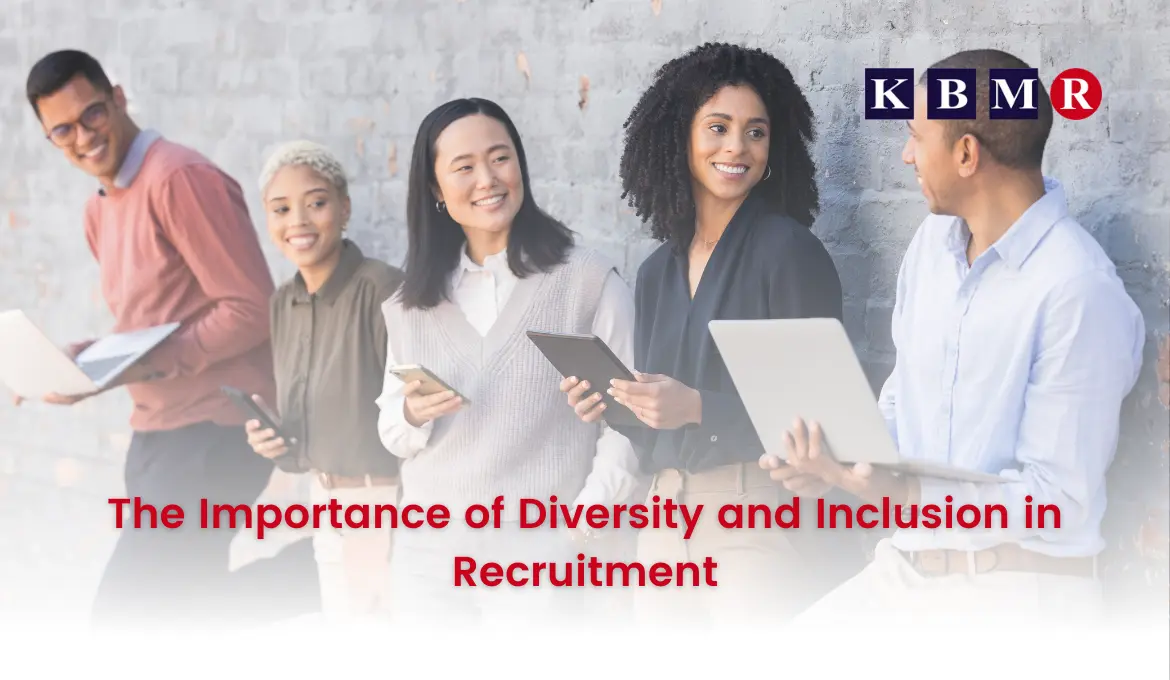Diversity and inclusion are not just buzzwords, they are the secret weapons in your arsenal for developing a strong and effective team. In today's cutthroat business landscape, a team with various backgrounds and perspectives is not just an advantage, it's a necessity.
When your team includes people from different cultures, experiences, and viewpoints, you gain access to a wealth of ideas and solutions. This mix breeds innovative approaches to problems and enhances overall creativity, giving you a competitive edge.
Moreover, embracing diversity means ensuring every team member feels valued and included. This approach improves teamwork and job satisfaction and helps attract top talent looking for an inclusive and supportive workplace. By fostering a culture where everyone feels they belong, you create a positive environment that boosts morale and productivity.
Understanding the value of diversity and inclusion
Diversity means having people from different backgrounds, and inclusion means ensuring everyone feels welcome and valued. A diverse team brings different viewpoints, which can lead to better solutions and innovations. Inclusion ensures that all team members feel respected and part of the team, which helps keep them motivated and productive.
Attracting a diverse talent pool
To attract a diverse group of candidates:
-
Start by making your job descriptions and recruitment methods more inclusive.
-
Use clear, unbiased language and avoid jargon that might offend some people.
-
Show that your company values diversity in job postings and employer branding to reach a wider audience.
Creating an inclusive recruitment process
An inclusive recruitment process ensures fairness and equal chances for everyone. To reduce bias, use structured interviews and blind recruitment methods. Blind recruitment involves removing any information that could lead to bias, such as the candidate's name, gender, or age, from the initial stages of the hiring process.
This ensures that candidates are evaluated solely on their skills and qualifications. Ensure your hiring team is trained to recognise and avoid unconscious bias to create a fairer hiring process.
Building a supportive work environment
Once you've hired diverse talent, developing a work environment where everyone feels included is essential. Encourage open communication and offer chances for professional growth. Support employee groups focusing on diversity to help everyone feel valued and included.
Developing diversity-focused policies
Create and implement policies that focus on diversity and inclusion. These policies should cover anti-discrimination, equal opportunity, and harassment. Ensure that all employees are aware of and understand their importance.
Engaging with diverse communities
Connect with diverse communities to find potential candidates and build your company's reputation as an inclusive employer. Attend job fairs and sessions focusing on underrepresented groups—partner with organisations supporting diversity to help you reach a broader audience.
Measuring and improving diversity and inclusion
As professionals committed to diversity and inclusion, it's crucial to regularly check how well your efforts are working. Look at data on employee demographics and recruitment practices. Use this information to see what's working and what needs to be improved, and make changes as required. This commitment to continuous improvement will ensure your strategies have a positive impact.
Wrap up
Diversity and inclusion are necessary for a successful recruitment strategy. By attracting a varied talent pool, creating a fair hiring process, and building a supportive work environment, you can benefit from various ideas and experiences. Developing clear policies and engaging with diverse communities will strengthen your recruitment efforts. Keep measuring and improving your strategies to ensure they have a positive impact.





